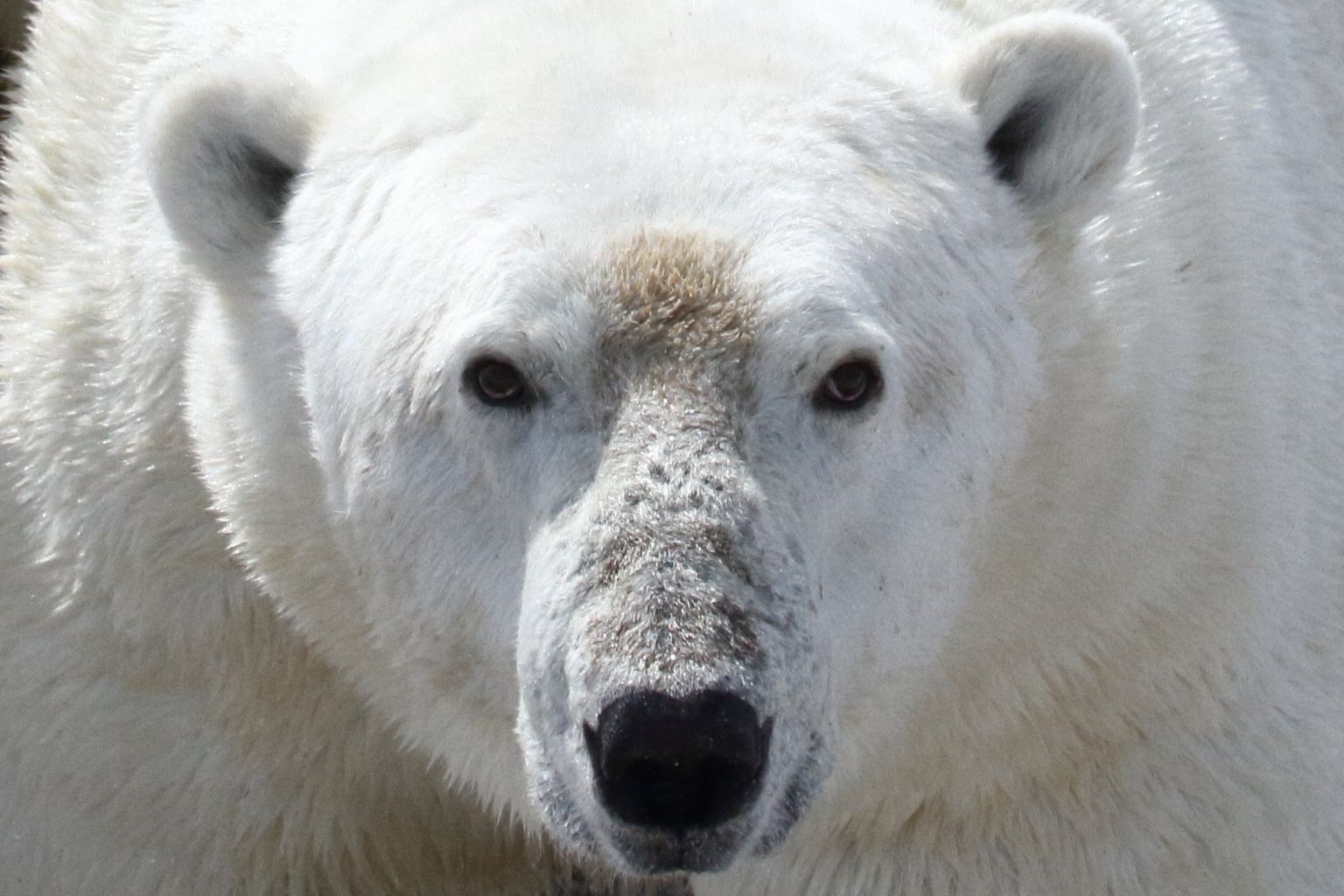-

-
-
Loading

Loading

According to scientists, melting Arctic sea ice is causing some polar bears to face starvation because they cannot adapt their diets to living on land. These iconic Arctic creatures typically feed on ringed seals that they catch on ice floes offshore. However, as the ice disappears due to global warming, an increasing number of bears are spending more time on land and resorting to eating bird's eggs, berries, and grass. Unfortunately, they quickly lose weight on land, putting their lives at risk. While polar bears have become a symbol of the impact of climate change in the Arctic, the reality of the situation is complex. While unsustainable hunting caused a decline in polar bear numbers until the 1980s, legal protection has since allowed their population to increase. However, the biggest threat they now face is the rising global temperatures because the frozen Arctic seas are crucial to their survival. The bears use the sea ice as a platform to hunt ringed seals, which are rich in fat, particularly in late spring and early summer. But as many parts of the Arctic are increasingly ice-free during the warmer months, the bears are struggling to find food. A recent study followed the activities of 20 polar bears over three summer months to understand their survival strategies as the ice disappears. By fitting the bears with GPS-equipped video camera collars and collecting blood samples, the researchers were able to track their movements, activities, and diets. The study found that different bears tried various tactics to survive, such as resting and conserving energy, foraging for vegetation or berries, or swimming to search for food. However, all approaches resulted in weight loss, with 19 out of the 20 bears losing body mass. On average, the bears lost one kilogram per day. The study also revealed that one bear managed to gain weight by resting and conserving energy, but this was likely due to stumbling across an animal carcass. This study raises questions about the polar bears' ability to adapt to climate change. While some areas may still provide suitable conditions for the bears in the future, other areas, like the one studied, may become very challenging for them if the predicted loss of sea ice continues. The research also highlights the need for further study on the impact of climate change on polar bears in different locations.